Snow samples were collected from glaciers in India and the seasonal snowpack of the Finnish Arctic.
Snow samples have been measured for their elemental carbon (used as a proxy for black carbon) and mineral dust content in order to estimate their impact on snow reflectance. For the Himalayan samples, high concentrations of mineral dust were observed to the extent that dust may at time be the dominating light absorber in the snow.
In the Finnish Arctic, on the contrary, black carbon is the more dominating absorber of light in the snowpack. To accurately estimate the radiative balance of snow at a geographical location, it is of great importance to measure all of the light-absorbing constituents in the snow.
More information:
Researcher Jonas Svensson, jonas.svensson@fmi.fi
Svensson, J., Ström, J., Kivekäs, N., Dkhar, N. B., Tayal, S., Sharma, V. P., Jutila, A., Backman, J., Virkkula, A., Ruppel, M., Hyvärinen, A., Kontu, A., Hannula, H.-R., Leppäranta, M., Hooda, R. K., Korhola, A., Asmi, E., and Lihavainen, H.: Light-absorption of dust and elemental carbon in snow in the Indian Himalayas and the Finnish Arctic, Atmos. Meas. Tech., 11, 1403-1416, https://doi.org/10.5194/amt-11-1403-2018, 2018.

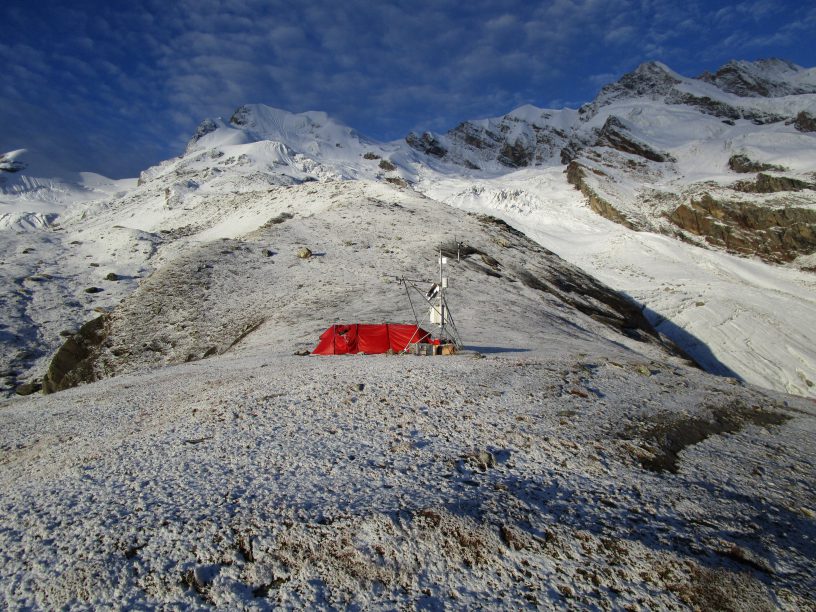
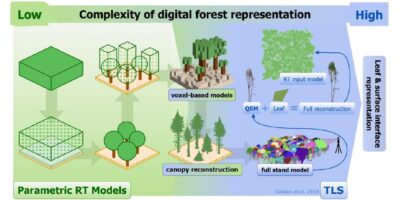
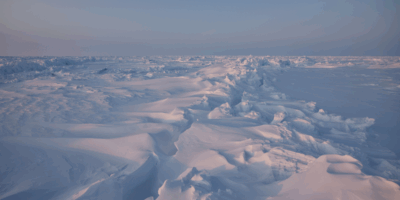
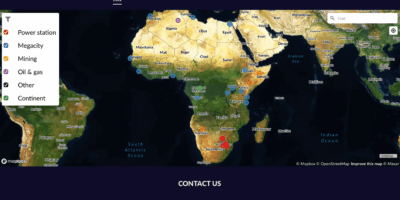

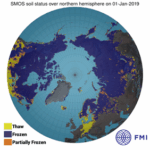

Leave a Reply
You must be logged in to post a comment.